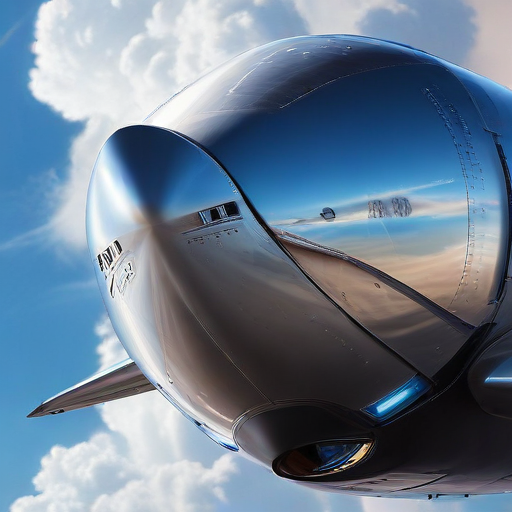The Boeing CST-100 Starliner spacecraft is one step closer to its long-awaited return to Earth, following the successful completion of ground testing on its thrusters. These thrusters had been a point of concern since the spacecraft has been in orbit since early June due to issues with the Reaction Control System (RCS), which is integral for maneuvering during flight.
At the White Sands Test Facility in New Mexico, engineers conducted tests to analyze thruster performance and degradation. This was crucial for understanding previous failures that led to some thrusters being “de-selected,” a term indicating they ceased operational functionality. Issues with helium tanks, which control the thrusters, have caused delays and complications, yet engineers confirmed that the craft has ample helium onboard, far exceeding the immediate needs.
While some optimism surrounds a potential return flight at the end of the month, officials have yet to finalize a timeline. They are now focusing on disassembling and inspecting the thrusters, which will influence the readiness assessments for the Starliner’s eventual descent back to Earth, carrying NASA captain Butch Wilmore and pilot Suni Williams.
This development offers a hopeful outlook for the Starliner mission, signaling a strong collaborative effort between Boeing and NASA to ensure a safe return after overcoming technical challenges. As the teams proceed with detailed inspections and preparations, it highlights the resilience and dedication involved in space exploration.
In summary, the completion of thruster testing is a positive advancement towards the Starliner’s return, reflecting the commitment to resolving challenges in a methodical and careful approach to space travel.
